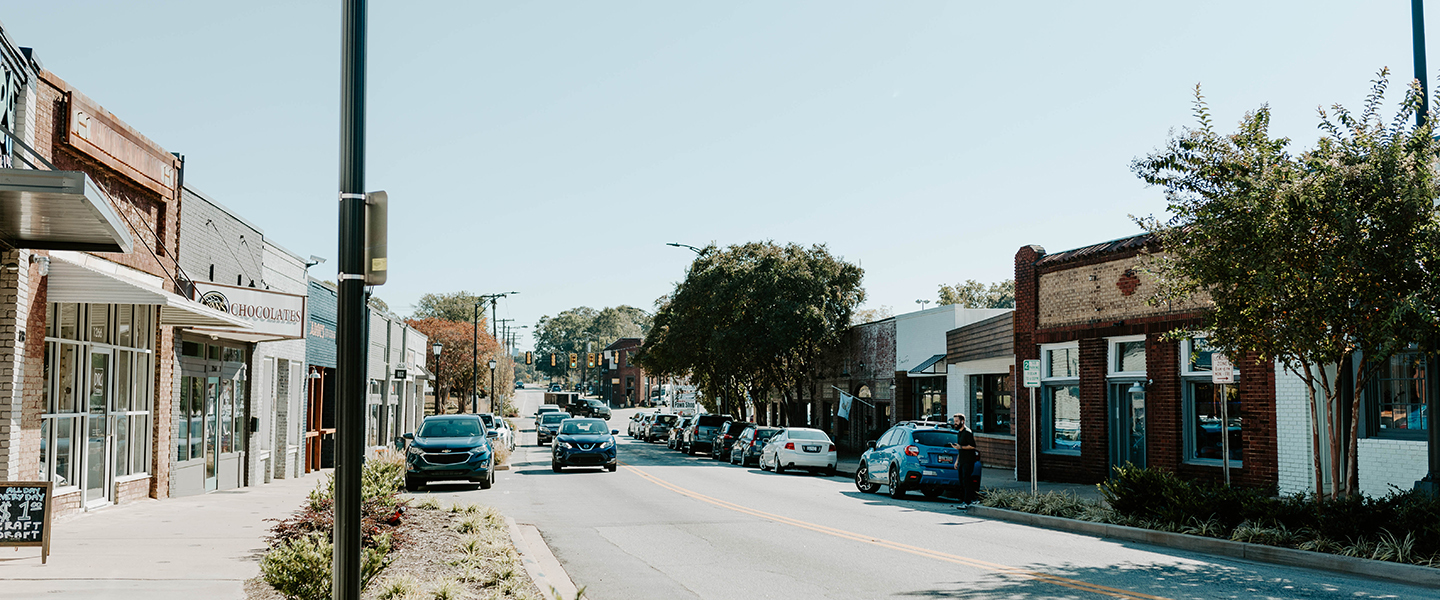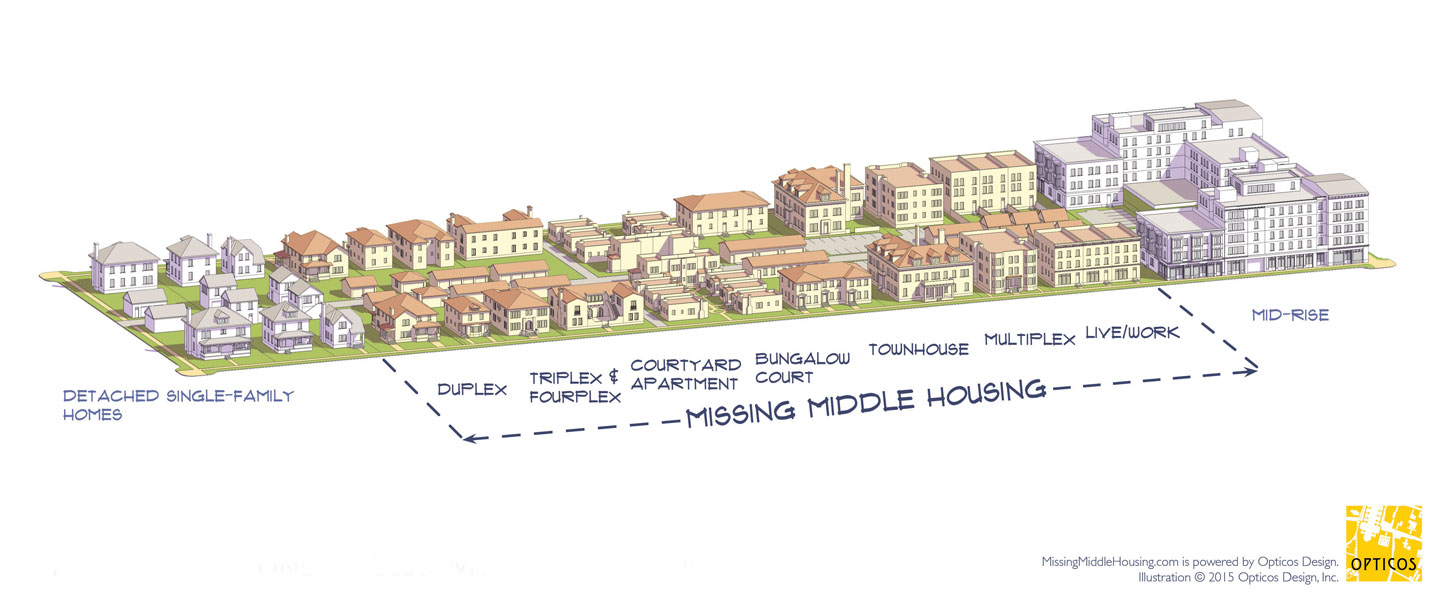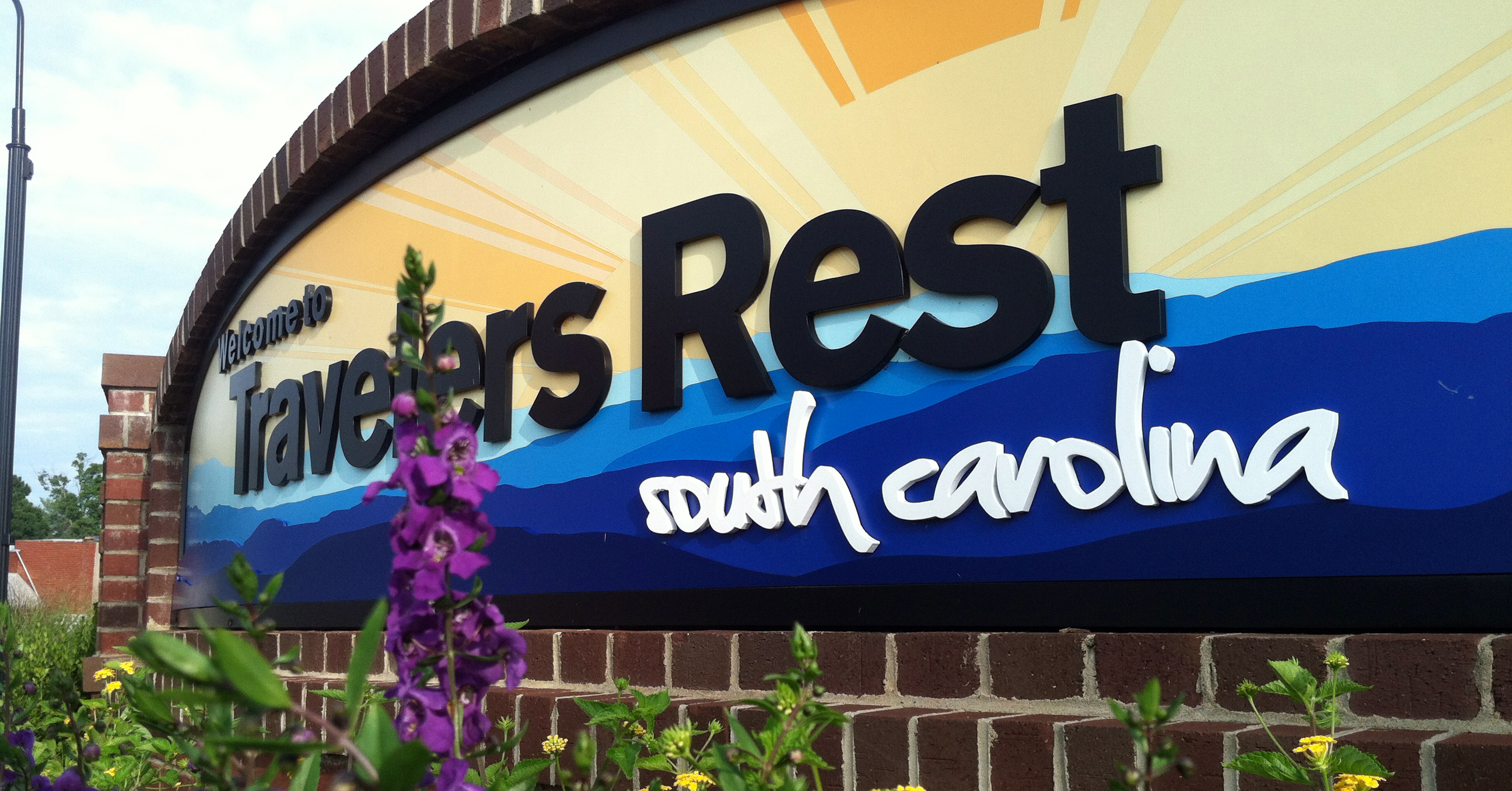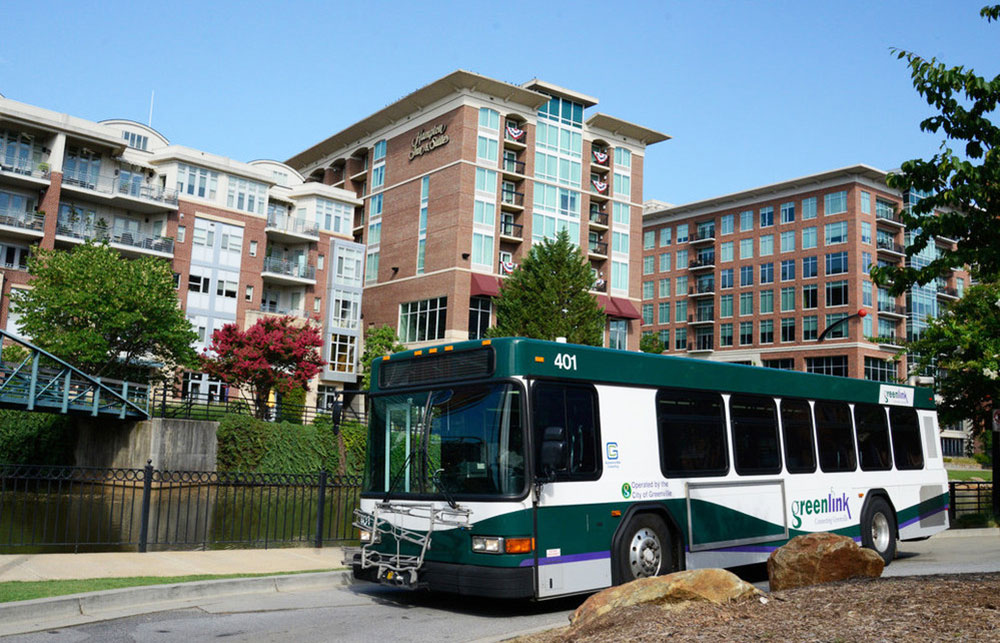apply for the winter 2026 citizens planning academy!
The Citizens Planning Academy is returning early in the new year with a new schedule. Learn more and apply today!

10 principles of smart growth
As the Upstate grows at an unprecedented rate, it is up to local governments, stakeholders, and citizens to drive smart and balanced growth so that all who call our region home have the opportunity to thrive in the decades to come.
To help demystify land-use planning, our Land Planning & Policy team is breaking down 10 core principles of smart growth and how rapidly growing Upstate communities can benefit from these embracing these concepts...
1. Mix land uses
Mixed land use is the practice of placing a balanced combination of residential, commercial, and recreational properties within close proximity. It is critical to the development of healthy, vibrant, and equitable communities. Here are just a few ways communities benefit from mixed land use:
- Environmental
Reducing sprawl also reduces car usage and transportation needs, in addition to preserving open space and undeveloped land. - Health
Research shows that over 50% of Americans would walk and bike more than driving if given the opportunity - Economic
Studies show a clear connection between walkable environments and the economic viability of a town1
2. Take advantage of compact building design
Building with a smaller footprint — growing up rather than out — preserves more greenspace and protects water resources, supports a wider variety of transportation choices, and leads to lower infrastructure costs for cities and towns.
The Upstate's current sprawling growth pattern is not fiscally or environmentally sustainable. Joe Minicozzi of Urban3 shares how utilizing compact building design can lead to more fiscally and environmentally sustainable communities in this video.
3. Create a range of housing opportunities and choices
To paraphrase a resource from Strong Towns, local communities are abundant with single-family homes and clusters of high-density apartments, but this is like a forest with only two types of plants: sequoias and ferns.
Housing types that fall somewhere between these two are often called the “missing middle” — and while there is enormous demand for housing opportunities in this category, conventional zoning regulations often prohibit missing middle housing units. Learn more about missing middle housing on our blog.

4. Create walkable neighborhoods
Walkable neighborhoods are those within walking distance, approximately ¼ mile, of a variety of amenities — restaurants, retail shops, entertainment and/or recreational amenities — clustered together in a compact design and nested within a network of streets designed to make walking practical, safe, and convenient.
Living in a walkable neighborhood has many benefits for residents and communities. Our Land Policy Manager Sherry Barrett reflects on how her family's recent move to a walkable neighborhood in Greenville has changed her life for the better on our blog.
5. Foster distinct communities with a strong sense of place
Smart growth encourages planners to craft a vision of a unique community, set standards for development that respect and reflect the values and cultures of the people who call them home, and foster physical environments that support a more cohesive community fabric.
Just over a decade ago, Travelers Rest recognized the opportunity to rejuvenate a quiet town in the foothills of the Blue Ridge Escarpment with the vision of the vibrant, active community it is today. We asked Travelers Rest Here founder Lacey Keigley to reflect on the importance of fostering a love of community. You can read her thoughts here.

6. Preserve open space
A principle that is near and dear to Upstate Forever, protecting undeveloped land helps people, wildlife, and even economies thrive. Here are just a few of the many benefits preserving open space and critical lands offer communities:
- Land conservation preserves wildlife habitats, protects endangered species, and improves biodiversity
- Access to greenspace in both urban and rural settings improves physical and mental health2
- Undeveloped land near waterways protects water quality and reduces the risk of flooding
- Parks, open spaces, and working farms and forests strengthen local economies
7. Direct development toward existing communities
Infill and redevelopment in existing communities is a smart way to mitigate sprawl, especially when implemented with an eye toward improving the quality of life for existing and new residents.
Here are just 5 benefits of directing development toward existing communities:
- A stronger tax base
- Closer proximity of jobs and services
- Increased efficiency of already developed land and infrastructure
- Reduced development pressure in fringe areas
- Preservation of farmland and open space
8. Provide a variety of transportation choices
Successful planning for the Upstate must couple a multi-modal approach — embracing diverse transportation options including walking, bicycling, taking public transit, and driving — with supportive development patterns to create a variety of transportation options for all residents.
Below are four strategies that can work collectively to provide better transportation choices in our community:
- Improve coordination between land use and transportation planning
- Increase availability of high-quality transit service
- Create redundancy, resiliency, and connectivity within road networks
- Ensure connectivity between pedestrian, bike, transit, and road facilities

9. Make development decisions predictable, fair, and cost-effective
In order to advocate for smart growth, it is critical to understand all perspectives and roles that shape how we accommodate growth. By understanding development from the perspective of a developer or governing body, engaged and informed citizens can better advocate for their own positions and the best interests of their communities.
There are often significant barriers for the compact, mixed-use development and missing middle housing types that embody smart growth. Here are four steps communities can take to make development decisions predictable, fair, and cost-effective for developers in order to encourage smart growth:
- Develop a vision for future growth
- Create processes that make decisions predictable and faster, while meeting community development objectives and protecting natural and cultural resources
- Make development processes transparent, fair, and inclusive
- Provide centralized, easily accessible information3
10. Encourage community and stakeholder collaboration
The needs of every growing community — and the developments necessary to address those needs — are best defined by the people who live, work, and play there.
Citizens are often invited by their local governments to provide feedback through public meetings and workshops, but how can community engagement remain accessible and equitable in a post-COVID world? This article from the Lincoln Institute of Land Policy highlights how the pandemic could change public meetings forever.
Sources:
1. The Delaware Complete Communities Toolbox
2. The Trust for Public Land
3. Coastal and Waterfront Smart Growth
